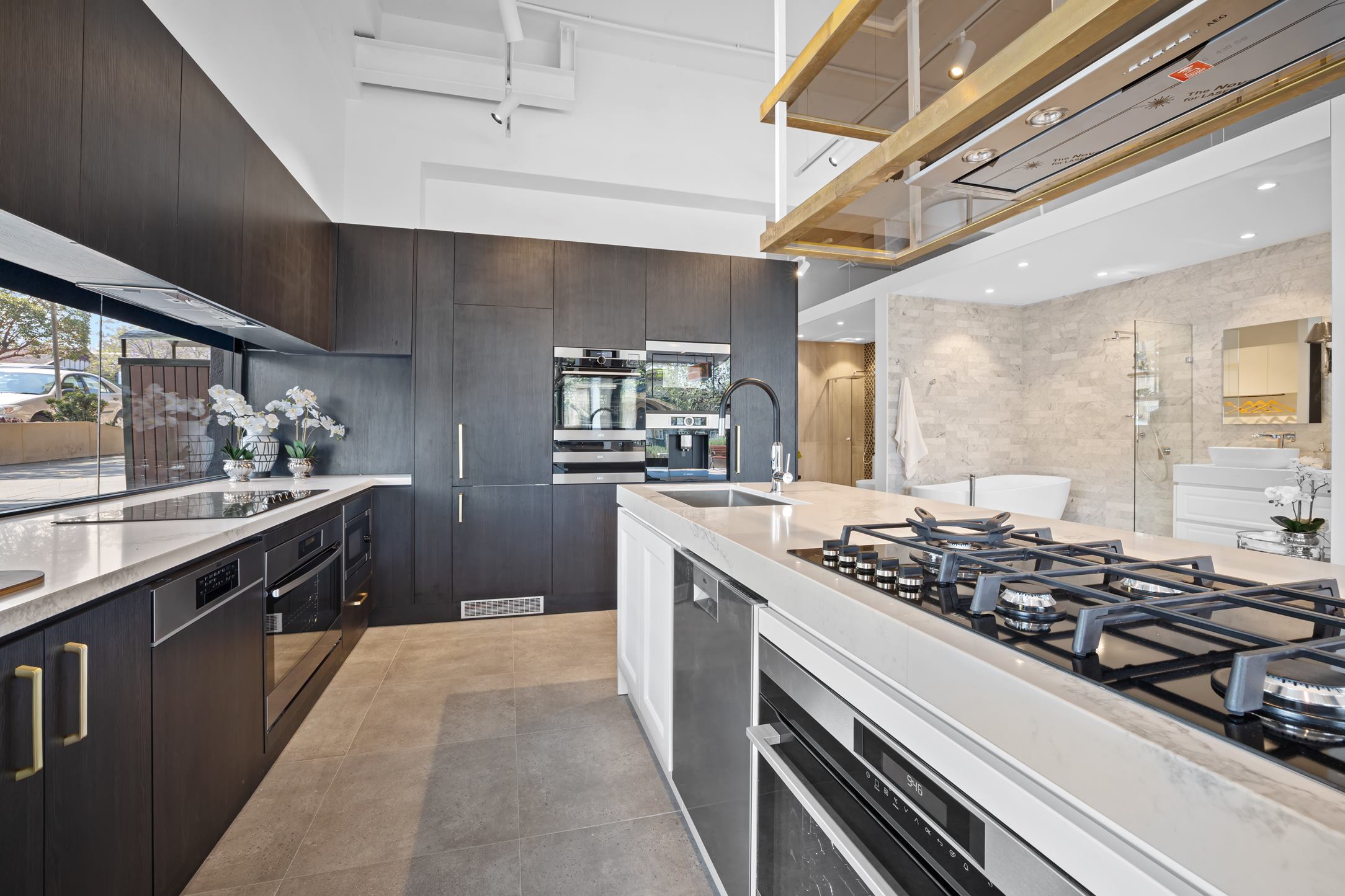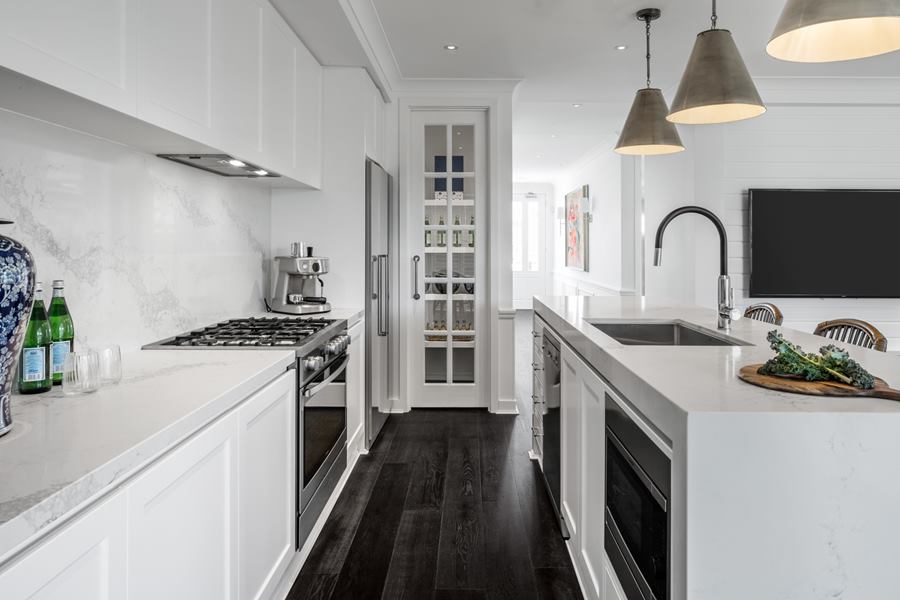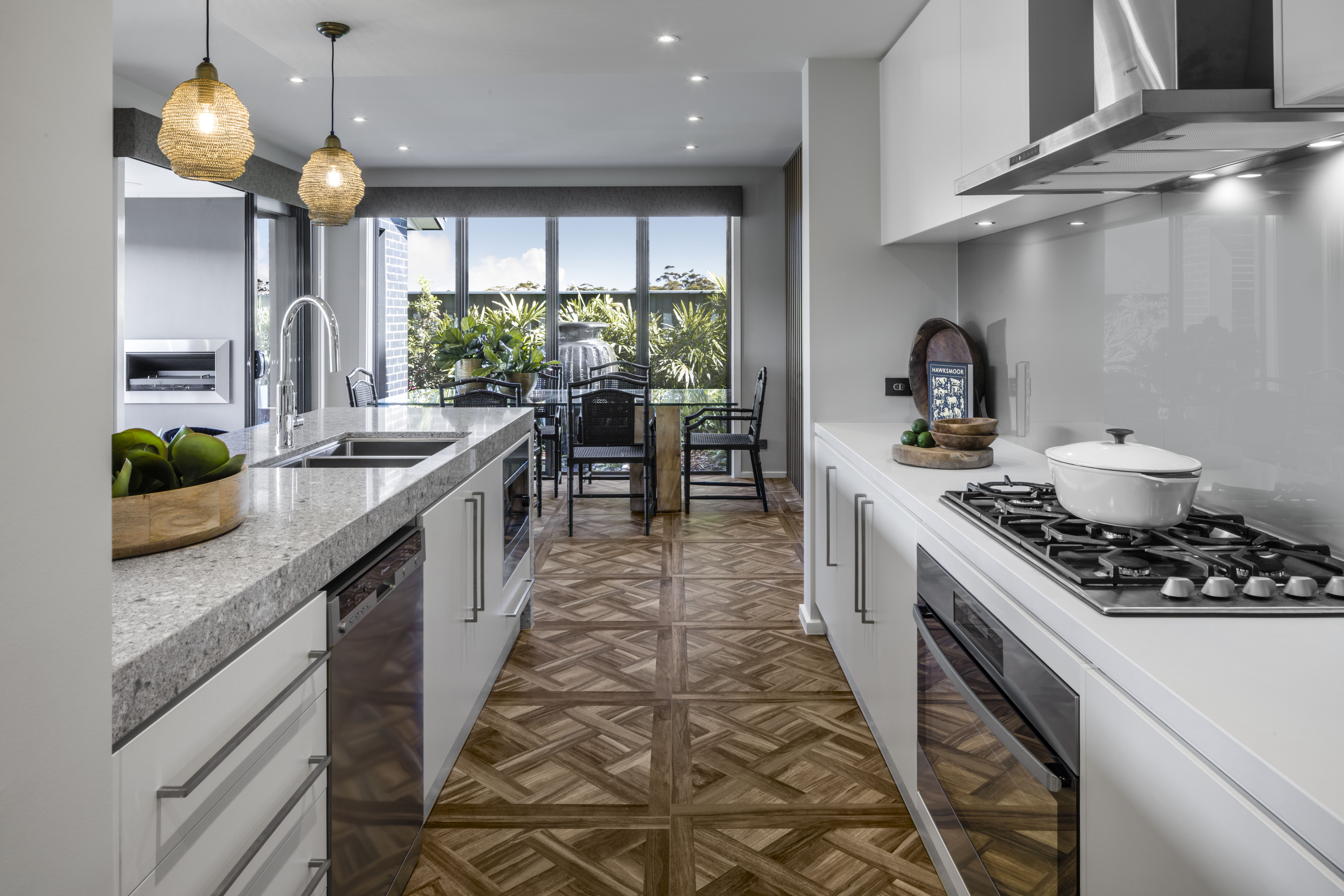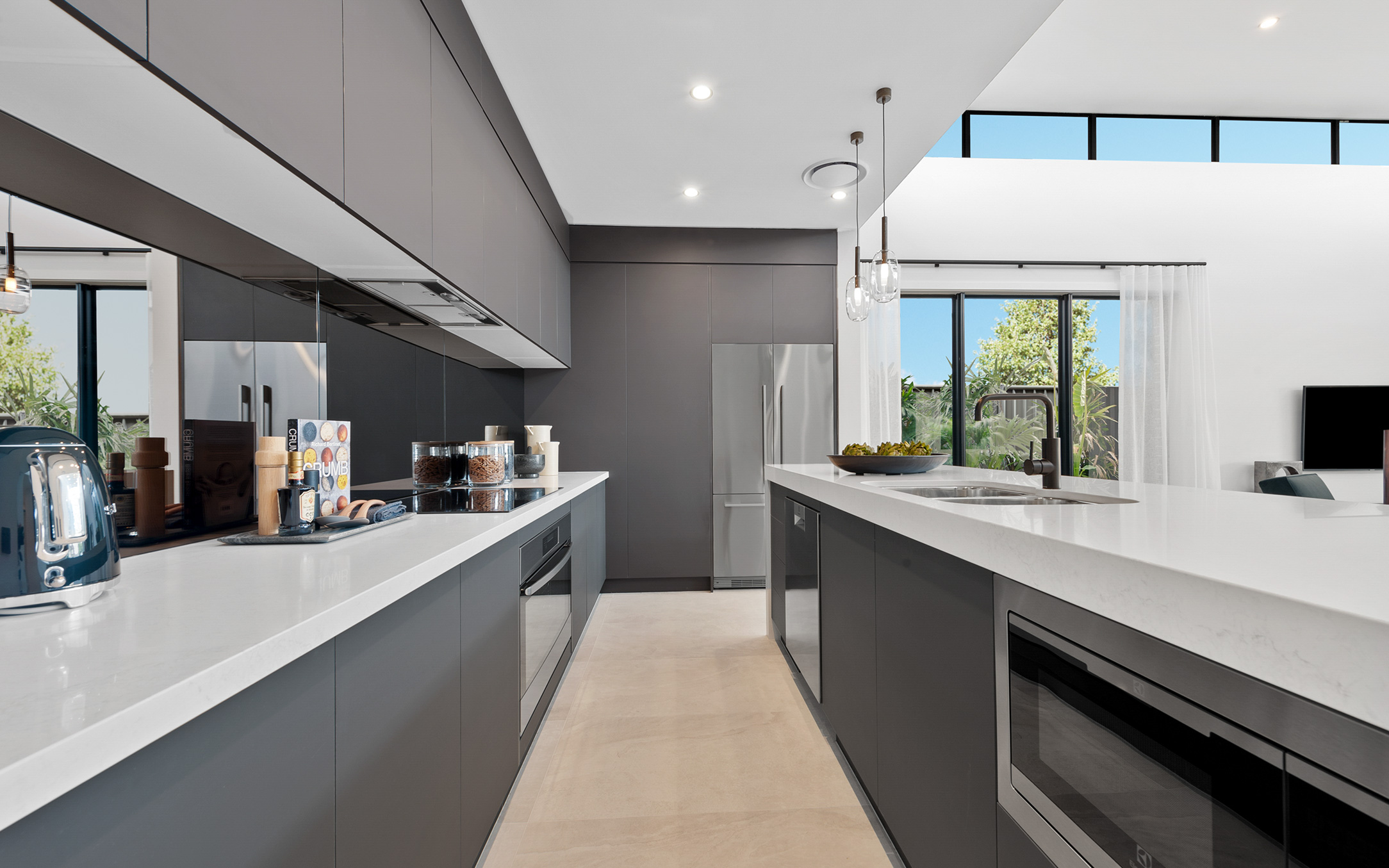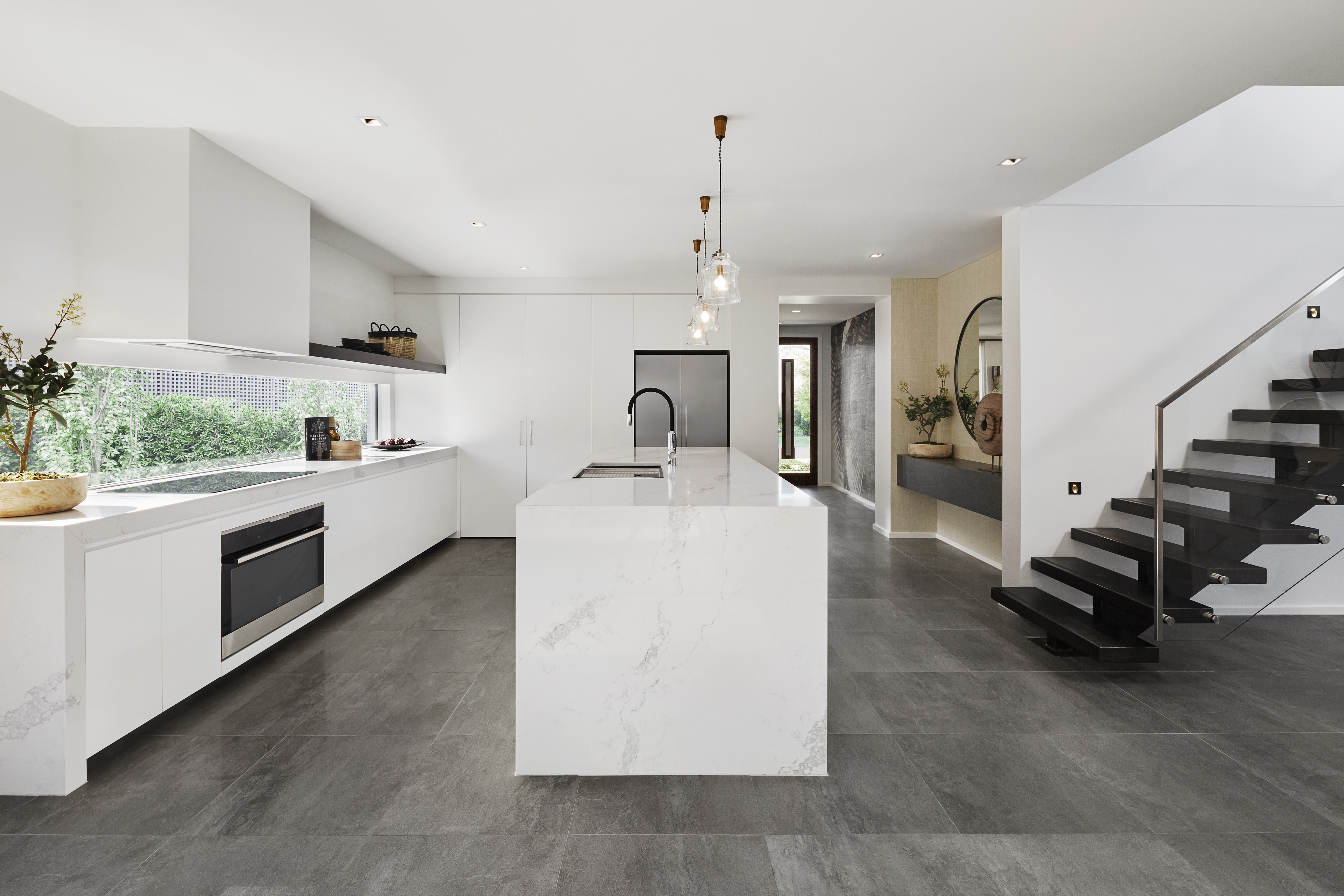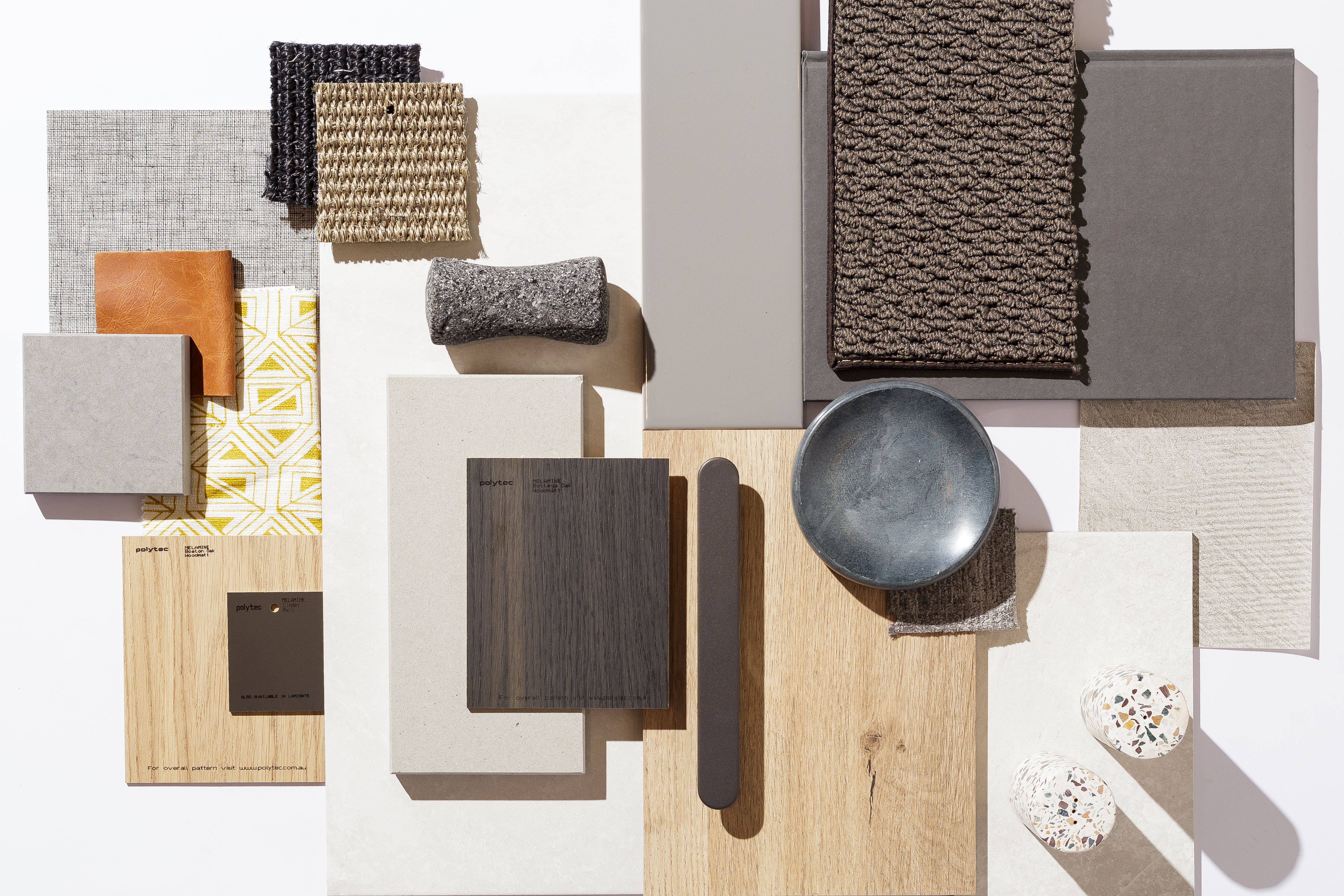The home building process
How to choose between a gas, ceramic or induction cooktop
Designing your dream kitchen is one of the most exciting stages of your new home journey. Decisions about benchtops and tapware often dominate kitchen design discussions, yet one of the most important decisions you need to make relates to a task we perform daily (or perhaps multiple times a day) – cooking on the stovetop.
Every home cook needs a good working relationship with their stove, no matter whether you’re whipping up a three-course meal for ten or a quick bite to eat for one.
‘Cooking with gas’ used to be the go for foodies. But news about potential health and environmental risks of gas stoves combined with greater availability and affordability of alternatives, the decision is less straightforward.
Your options for a stove now include gas, ceramic or induction. Each has pros and cons.
Ultimately, your decision will most likely come down to three factors: cost, safety and cooking style, so let’s take a closer look at the options.
An overview of options: Gas, ceramic and induction cooktops
Gas cooktops have burners that are connected directly to either your home’s main gas supply or bottled gas. When you’re ready to use the stove, you switch on the gas supply and an electronic ignition system generates a spark (or you can use a match) that ignites the gas, which then burns with a blue flame.
Ceramic cooktops contain coiled metal elements (similar to wire) underneath tempered ceramic glass. When you switch on one of your cooktops, the elements heat up and this heat transfers first to the ceramic glass (which then glows red) and then to your pan. All older-style ‘electric’ cooktops are ceramic.
Induction cooktops feature powerful, high-frequency electromagnets under the surface (instead of the metal elements in a ceramic cooktop). These generate a magnetic field that turns your pan into the heating element, meaning you have the safety of knowing that the surface of the cooktop doesn’t get hot directly (though still don’t put your hand on it after it’s had a hot pot on it!). This means you can only use cookware that has a magnetic field, such as iron, cast iron or enamel. Aluminium and copper pans will not work, unless they are manufactured with a base layer of magnetic material.
Let’s compare: pros and cons of gas, ceramic and induction cooktops
#1 GAS: What are the pros of a gas cooktop?
With the feel of cooking directly over a flame, gas cooktops appeal to many home-chefs, especially those who like wok-styles of cooking. Here are some of the advantages of cooking with gas:
- You won’t have to buy any specialty cookware.
- You may save money on utilities as gas can be cheaper than electricity.
- A gas cooktop may suit a more traditional aesthetic, particularly Hamptons-style kitchens.
- If there’s a power outage, your gas stovetop will still work by being lit with a match.
- The open flame on a gas burner generates heat immediately, allowing you to intuitively control the heat simply by looking at and adjusting the flame.
- Some models, come with a high-powered wok burner, which is super handy for stir-fries and other Asian-inspired dishes.
What are the cons of a gas cooktop?
Gas cooktops can be harder to clean. And they’re only an option if you have gas mains connected to your home or a supply of bottled gas with the right connections. Gas cooktops are less user-friendly as a surface within your kitchen at times other than cooking.
There’s increasing awareness of gas stoves being a contributor to increasing levels of environmentally-impactful greenhouse gasses. And, recent research has found significant levels of air pollution arising from gas stoves (when in use and even when not being used). Using a range hood or vent while cooking helps minimise these impacts.
#2 ELECTRIC AND CERAMIC: What are the pros of an electric (including ceramic) cooktop?
Older style electric cooktops are solid metal (so are therefore often called ‘solid hotplate cooktops'). These days, though solid cooktops are cheaper than ceramic or induction options, they have the major disadvantage of taking a long time to heat up and cool down. Therefore, they’re not often available as newer technology means cooking is both easier and means you can cook with more energy efficiency.
Usually when people are talking about electric cooktops these days, they’re referring to ceramic. These have coiled metal elements that sit under a flat glass surface. Advantages of ceramic cooktops include:
- The flat surface means they’re easy to clean.
- This same attribute means you can use the cooktop as a place to set down hot items once you take them out of the oven.
- The smooth and sleek look of ceramic cooktops complements a modern and minimalist aesthetic in the kitchen.
- The Westinghouse 60cm ceramic cooktop, for example, has a triple zone feature that allows you to adjust the diameter of the burner to suit the size of the pan.
What are the cons of electric and ceramic cooktops?
Electric style cooktops are less responsive than both gas and induction options - they’re slower to heat and don’t respond to temperature changes as instantaneously. Another disadvantage, from a safety point of view, is that the electric or ceramic surface holds heat even after being switched off (however most models have a warning light function that alerts you to the residual heat until the surface reaches a safe temperature).
#3: INDUCTION: What are the pros of an induction cooktop?
Induction cooking seemed futuristic when the cooktops were first introduced into Australian kitchens. Cooking on a pan that magically heats without the cooktop itself getting hot? That’s the power of magnets! Here are some of the advantages of induction cooktops:
- Like ceramic cooktops, the smooth surface looks sleek in a contemporary kitchen.
- Induction cooking is faster as the electromagnetic field heats the pan directly, rather than also heating the surrounding air or cooktop surface.
- As the pan is heated directly, induction cooktops remain cooler during cooking, and cool down quickly once a hot pan is removed.
- Induction cooktops are only functional when a pan is touching the surface, meaning they are very safe to use, particularly if you have kids around.
- Cooking with induction allows you to change temperature quickly and provides an even spread of heat across the base of the pan. So you can both boil water in a matter of minutes and melt chocolate gently.
- The AEG 90cm induction cooktop, for example, features precise heat control, pre-set temperature controls and a function that allows you to link two induction zones to create a larger cooking area.
What are the cons of an induction cooktop?
Though the price of induction cooktops are gradually dropping, they are more expensive than gas, electric or ceramic options. The other price issue is that you may need to buy new pots and pans.
Only cookware that is magnetic will work with induction cooktops This means you can use iron, cast iron or enamel cookware, whereas aluminium, glass and copper pans will not work, unless they have an added layer of magnetic material.
You may need to have a dedicated circuit installed by an electrician. You also need to closely match the size of your cookware to the induction cooktop being used. If you use a too small pan, the induction current will not respond.
Ultimately, the decision about which style of cooktop is best for your new home is yours to make. We hope this guide is helpful to you in considering the pros and cons and we wish you many happy hours of cooking to come!
If considering cooktop options has given you food for thought, contact one of our Selections Specialists on us on 1300 223 345 to start planning your dream kitchen today!
FAQs
What are the advantages of a ceramic over induction cooktop?
Ceramic cooktops are significantly cheaper than induction options. Another price advantage is that you don’t need to buy induction-specific saucepans and fry pans, allowing you to either save money or spend more on good food to cook!
Are ceramic cooktops more energy efficient than induction?
The answer to this question is ‘no’. Induction cooktops are more energy efficient than ceramic options. This is partly because of the style of heating and also because induction cooktops are highly responsive when you change the setting, meaning you can use induction cooking for efficiency.
Is there a difference in cooking times between ceramic and induction cooktops?
Induction cooktops add a turbo-boost to your cooking! Choice Magazine’s buying guide testing shows that top-performing induction cooktops can bring a litre of water to boil in just 2.37 minutes, around a half of most gas cooktops and less than half for most electric or ceramic options. Induction cooktops are also immediately responsive when you change the temperature so you get your pan to the right temperature for what you’re cooking faster.
What are some of the disadvantages of using a gas cooktop?
Gas cooktops can be harder to clean as their surface is not smooth. There’s increasing awareness of gas stoves creating air pollution in the home. Using a range hood or vent while cooking helps minimise these impacts.
